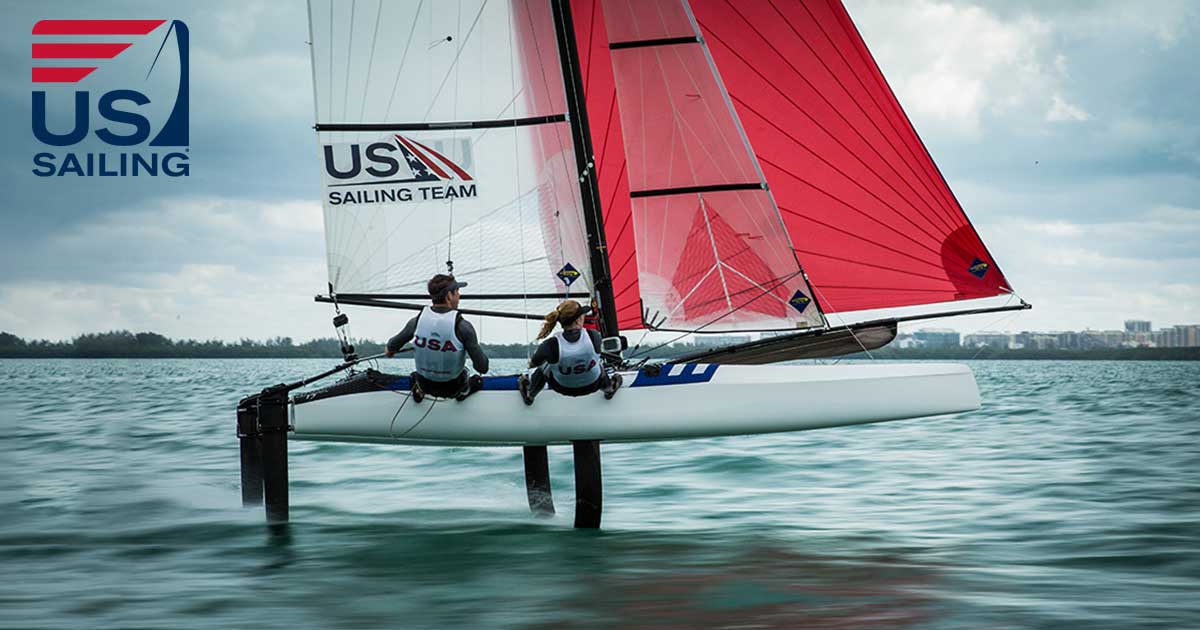LakeMichiganDave
Member
- Joined
- Dec 15, 2020
- Messages
- 23
- Vessel Name
- Gratitude
- Vessel Make
- Chaparral 330
We do our boating primarily on beautiful Lake Michigan out of Chicago. When we boat over to the Michigan or the Wisconsin side, we generally hug the shoreline for the most part.
This upcoming season we are considering some extended destinations. We are considering more of a direct route, lake crossing, to save time. What's do most others have on board regarding life rafts. We currently do not have a dingy for our 50' GB.
This upcoming season we are considering some extended destinations. We are considering more of a direct route, lake crossing, to save time. What's do most others have on board regarding life rafts. We currently do not have a dingy for our 50' GB.

